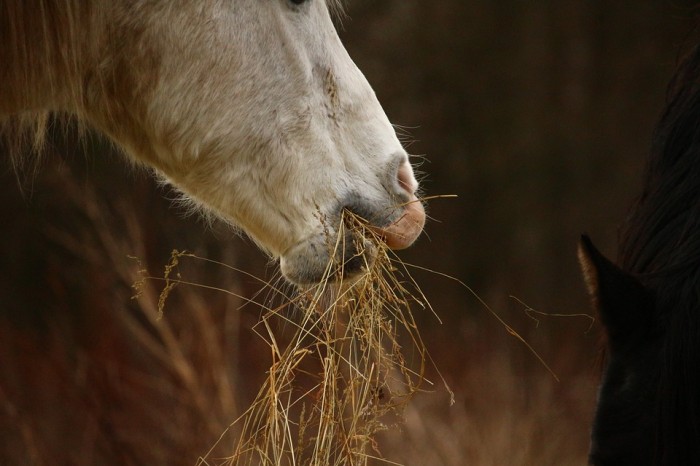
Preference for grass conserved as hay, haylage or silage.
The purpose of this experiment was to determine if different methods of forage conservation influenced horse preference for conserved forages.
The experiment period consisted of four consecutive 5-day periods, with 4 horses. During the experimental periods, the forages were offered once daily for 2h in a stable. Each horse had access to all forages (1kg DM of eachforage) simultaneously. All forages were served in square plastic containers of identical size and colour, and placement of the containers differed from day to day according to a randomized scheme.
They looked at the following:
- The horses’ first choice
- The number of times each forage was entirely eaten
- The number of times each forage was smelled or tasted, but left in favour for another forage.
In this experiment, silage was the forage eaten in largest amounts and during longest time periods by horses having the choice of silage, two haylages with different DM levels and hay, all harvested from the same ley. Hay was the only forage which was never completely consumed by the horses. Silage was never left in favour for another forage after being smelled or tasted.
The reason for these results remains unclear, but in this experiment, the conservation method for forage had an impact on the choice of forage by horses.
The reasons for these findings remain unclear. What would you think is the reason horses rather eat silage then hay or haylage?
> From: Müller et al., Animal Feed Science and Technology 132 (2007) 66–78. All rights reserved to Elsevier Inc.. Click here for the online summary.


